Kidney Disease Antacid Safety Checker
This tool helps you understand if over-the-counter antacids are safe for your kidney condition. Always consult your nephrologist before taking any medication.
Safety Assessment
Key Risks
Many people reach for antacids like Tums or Milk of Magnesia when they have heartburn or indigestion. These drugs are cheap, easy to find, and seem harmless. But if you have kidney disease, taking them without knowing the risks can be dangerous-sometimes life-threatening.
Why Antacids Are Used in Kidney Disease
When your kidneys start to fail, they can’t remove phosphate from your blood the way they should. High phosphate levels lead to weak bones, itchy skin, and dangerous calcification in your heart and blood vessels. That’s where antacids come in-not as heartburn remedies, but as phosphate binders. Calcium carbonate (Tums), aluminum hydroxide, and magnesium hydroxide don’t just neutralize stomach acid. They bind to phosphate in your food, forming a compound your body can’t absorb. Instead, it passes out in your stool. This keeps your blood phosphate levels from climbing too high. The Kidney Disease: Improving Global Outcomes (KDIGO) guidelines say serum phosphate should stay between 2.7 and 4.6 mg/dL for people with chronic kidney disease (CKD). Without binders, many patients with stage 3 or worse CKD can’t hit that target through diet alone.The Hidden Dangers: Aluminum, Calcium, and Magnesium Risks
Not all antacids are safe for kidney patients. Each type carries its own risk:- Aluminum-based antacids (like Maalox or Amphojel) can cause aluminum to build up in your body. Your kidneys can’t flush it out. Too much aluminum leads to bone pain, dementia-like symptoms, and microcytic anemia. The FDA has warned since 1990 that aluminum antacids should never be used for more than two weeks in people with normal kidneys-and they’re outright dangerous if your kidney function is below 30%.
- Calcium-based antacids (like Tums or Caltrate) help control phosphate, but they also raise your blood calcium. In kidney disease, your body already struggles to balance calcium. Too much can cause vascular calcification, heart attacks, and strokes. Studies show a 30-50% higher risk of cardiovascular events when serum calcium goes above 10.2 mg/dL.
- Magnesium-based antacids (like Milk of Magnesia) are often used for constipation. But in advanced kidney disease, magnesium builds up fast. Levels above 4 mg/dL cause muscle weakness and low blood pressure. Above 10 mg/dL, it can paralyze your breathing or stop your heart. There are documented cases of dialysis patients dying after taking over-the-counter magnesium laxatives.
Prescription Phosphate Binders: Safer, But Costly
Doctors have better tools than antacids for long-term phosphate control:- Sevelamer (Renagel) binds phosphate without adding calcium or aluminum. It’s safer for the heart and bones, but costs $2,000-$2,500 a month.
- Lanthanum carbonate (Fosrenol) works similarly and costs about the same.
- Sucroferric oxyhydroxide (Velphoro) is a newer option with fewer pills per dose, but it’s even more expensive-around $4,000 a month.

Who Should Use Antacids-and Who Should Avoid Them
There’s no one-size-fits-all rule. Your kidney function determines what’s safe:- CKD Stage 3 (GFR 30-59): Calcium carbonate may be used as a phosphate binder, but only with close monitoring. Take it with meals. Keep calcium levels below 10.2 mg/dL. Avoid aluminum and magnesium products entirely.
- CKD Stage 4-5 (GFR under 30): Do not use aluminum or magnesium antacids. Calcium carbonate should only be used in rare cases, under strict nephrology supervision. Prescription binders are the standard.
- Dialysis patients: Absolutely avoid magnesium and aluminum. Calcium-based antacids are risky and usually unnecessary-you get calcium from your dialysis solution already.
Drug Interactions You Might Not Know About
Antacids don’t just affect phosphate. They mess with how your body absorbs other medications:- They can reduce absorption of antibiotics like ciprofloxacin and tetracycline by up to 50%.
- They interfere with thyroid meds (levothyroxine), seizure drugs (phenytoin), and iron supplements.
- The Cleveland Clinic recommends taking other medications at least one hour before or four hours after an antacid.
Real Stories: When Over-the-Counter Becomes an Emergency
A 62-year-old man in Ohio with stage 4 CKD took Tums daily for heartburn for six months. His calcium level hit 11.2 mg/dL. A CT scan showed new calcium deposits in his coronary arteries. He needed emergency treatment to lower his levels. A woman in Florida with dialysis-dependent kidney disease used Milk of Magnesia for constipation. Her magnesium level soared to 8.7 mg/dL. She lost movement in her legs and was rushed to the ER with respiratory depression. A 2022 survey by the American Association of Kidney Patients found that 68% of CKD patients couldn’t tell the difference between a prescription phosphate binder and an over-the-counter antacid. Nearly half had used antacids without telling their doctor.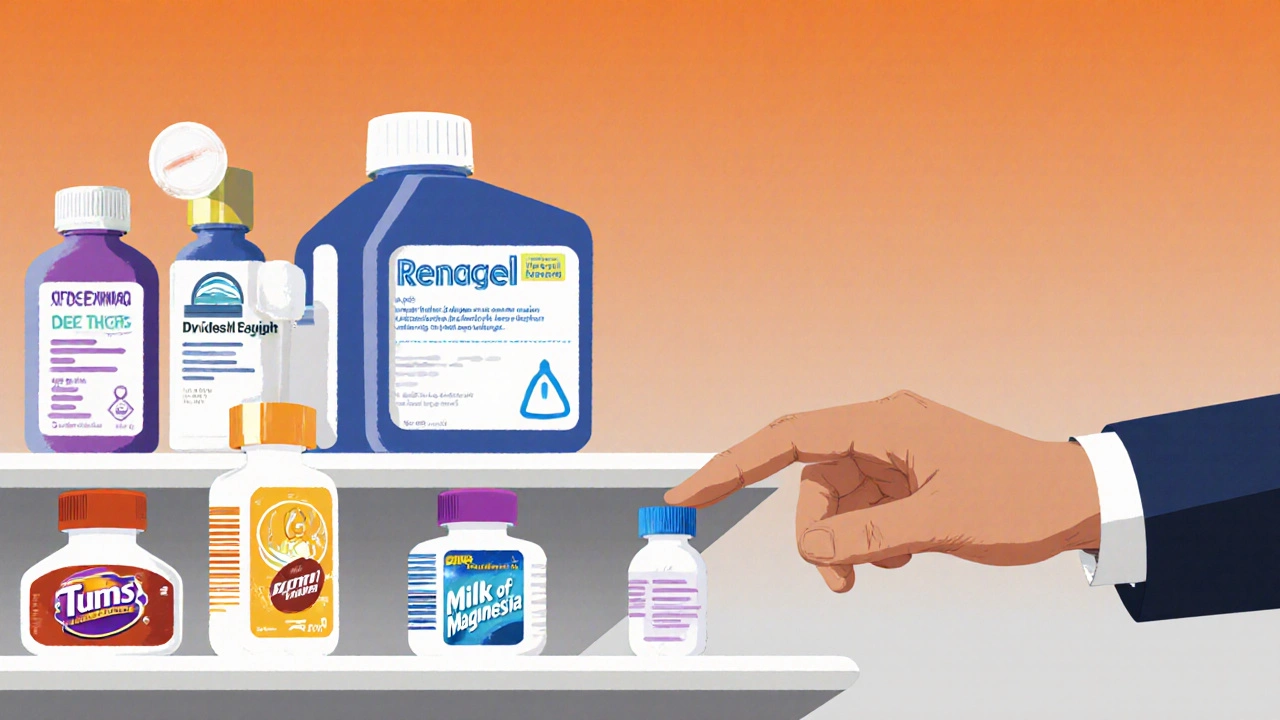
What You Should Do
If you have kidney disease:- Never take an antacid without asking your nephrologist first.
- Know the difference between your phosphate binder and your heartburn pill. Ask your pharmacist to label them clearly.
- Get your blood levels checked monthly: calcium, phosphate, magnesium, and aluminum (if you’ve ever used aluminum products).
- Report symptoms like nausea, confusion, muscle weakness, or trouble breathing immediately.
- If you can’t afford prescription binders, talk to your doctor about patient assistance programs. Many drug companies offer free or discounted meds.

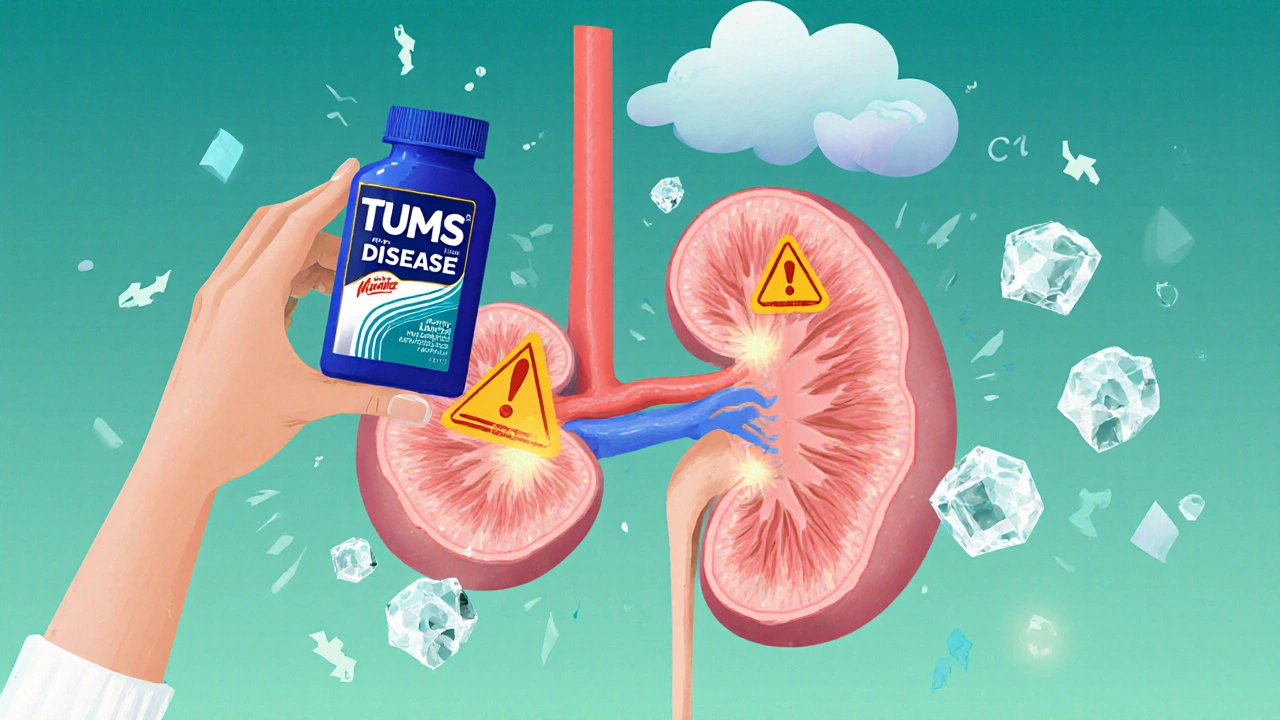
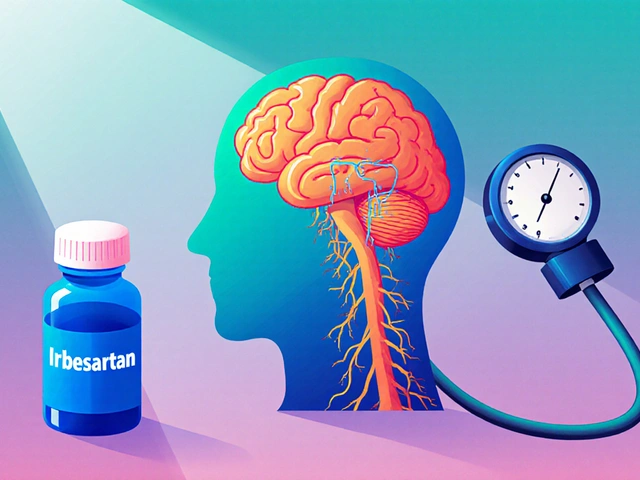

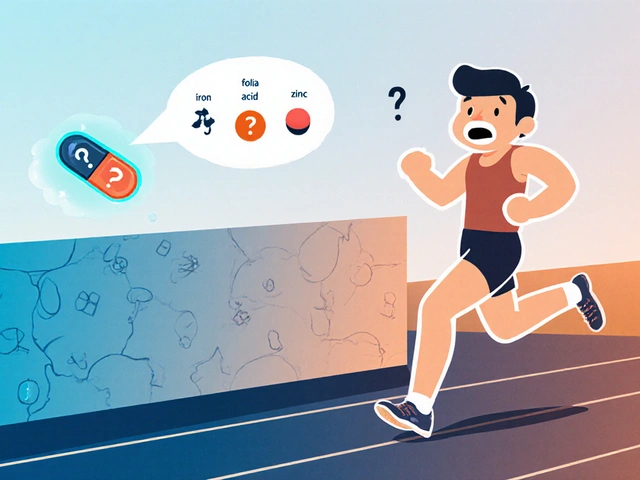

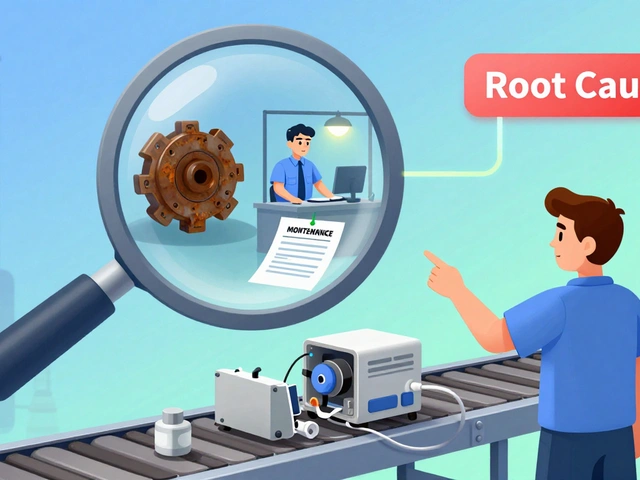
Gary Fitsimmons
October 30, 2025 AT 04:45